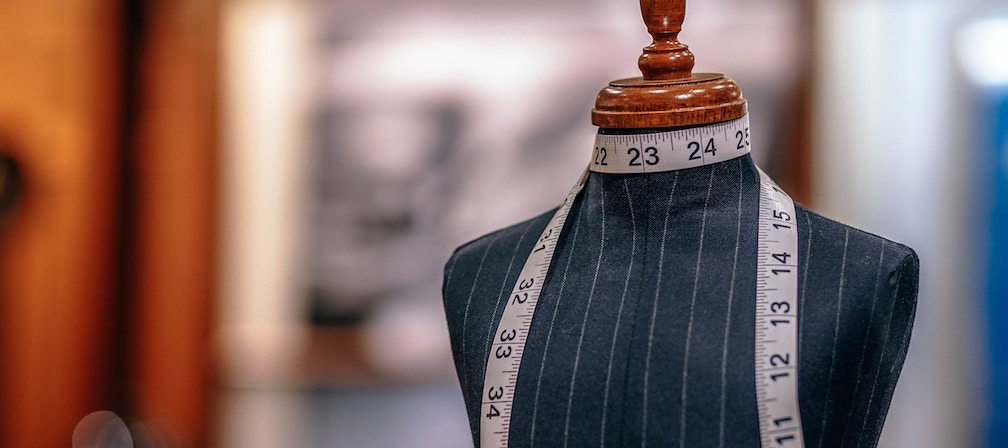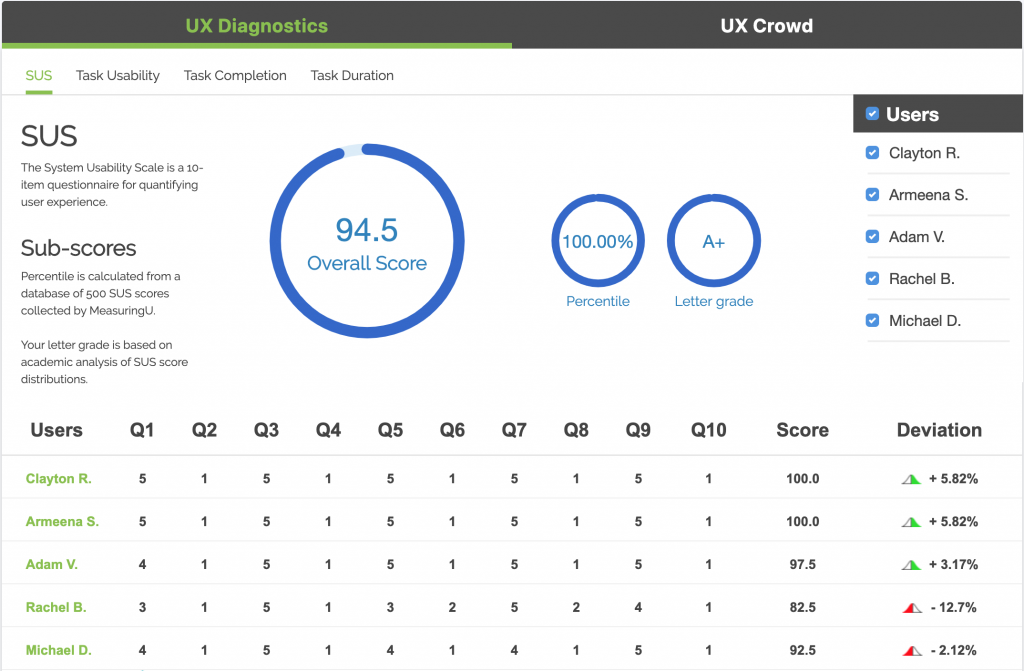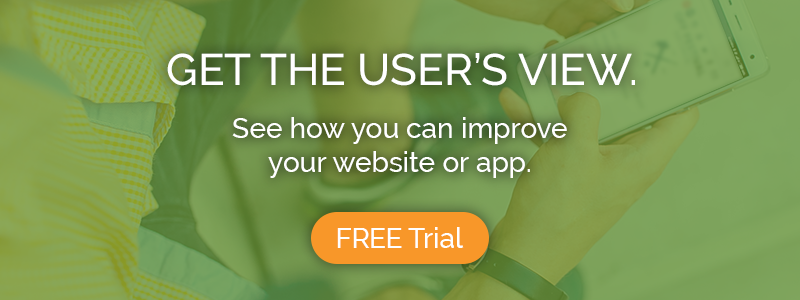Even though it’s 2020 and the UX industry is 30+ years old, the confusion of how exactly UX fits into a business remains unclear in many companies. Consumer insights is a perfect example of this unfortunate persistence.
I don’t know many UX designers who would ever consider themselves to be a “consumer insights specialist,” but everyday on our platform, individuals with the title “consumer insights specialist” are running usability tests and performing user experience research.
Consumer insight is not synonymous with UX design. However, the toolset and methodology used by UX designers can (and is) also used to glean consumer insights. At the end of the day, both are all about data collection, interpretation, and utilization with the same impetus: how can I understand my user?
Read more: 5 types of UX you need to know

1. Align your research with your company goals
First, unless you’re trapped in a silo culture, your consumer insights and UX research efforts should be aligned with already existing goals. Maybe there’s a new feature that your company is about to roll-out, so you need to user test its coherence with the rest of your brand and existing content.
Cross-team communication is vital in usability testing. The marketing, product, and/or sales teams (any of which a consumer insights or UX specialist can feasibly fall under) need to be on the same page with shared goals.
If there’s a product slated for release 6 months down the road, marketing needs to understand it and develop a plan, while sales people will need to know how to talk about it and the marketing around it.
It all starts with a simple email, chat, or briefing.
2. Determine your target audience / personas
“Personas” can be a dirty word in the UX, marketing, and philosophical worlds. Many will live and die by them, many more would rather live and die without them. Whichever camp you fall into, you’ll need to know your target audience / demographic in order to create meaningful usability tests or meaningful personas.

A persona is a collection of qualities that amount to one of your customer types. This boils down to demographics: age, location, income-level, internet usage, and so on. All of the qualities that go into building a persona also go into curating usability test demographics on our platform.
Call it what you want, but it’s crucial for both consumer insights and UX design to know your customer / user.
Learn more: user testing for a better product and user testing a new product
3. A relevant scenario creates a revealing customer journey
When it comes to getting “meaningful” UX or consumer insights, what people are really talking about is how relevant it is. If your testers aren’t adopting the mindset of your users, how can you reliably gauge the expected experience of your product for the people who will be using it?
Try crafting a clear, immediately relatable scenario for your usability test. This doesn’t mean dictate the mindset, it means create a starting point for your tester to think and feel like your customer.
Here’s an example of how to tweak a bad scenario into a relevant one:
“You want to buy a pair of shoes.”
vs
“You’re looking for a sustainable, eco-conscious pair of shoes and heard that this brand has recently become carbon neutral, so you decide to check them out.”
Although the first scenario is technically relevant, the tweak allows for a brand-specific mindset. A brand interested in sustainability will naturally have customers that seek out that sort of consideration. By putting the tester in the mindset of this key focal area, testers behave more like the targeted demographic / persona.
Notice, too, the difference in commitment: “you want to buy a pair of shoes” vs “you decide to check them out.” The latter allows for the tester to be swayed into the purchase the way that a customer would be. Unless you’re specifically testing your purchase user flow, leave some room for this sort of ambiguity to glean the best consumer insights from usability testing.

4. Tailor your test to what aspect(s) you need insight on
Most products have many facets and functions, and it can be easy for a user to get sidetracked unless you tailor your script to what’s most important. We just saw an example of a more nuanced usability test scenario, but what if we do want to specifically test our checkout / purchase flow?
This is the beauty of writing a great test script. We can leave the scenario as we wright it previously, but then tailor each task of your usability test to funnel your tester into the flow you want. What might that look like?
- Task 1: You want to find a pair of shoes that appeals to you. Browse the site to find something you like.
- Task 2: Compare a few different styles of the shoes you found and pick your favorite.
- Task 3: Add the shoes to your cart. How do you know when you have done so?
- Task 4: Proceed to the checkout.
- Task 5: Enter the information required (use fake info). Are the address and payment fields clear?
As you can see, 3/5 tasks the usability test were focused on the checkout flow. If you’re worried that your scenario might be too ambiguous, don’t fret! Your individual tasks can hone in on what aspects are most important to your research.
UX tip: Do not overload your testers with tasks; read more about tasks and tester fatigue

5. The qualitative & quantitative experiences of usability testing
Usability testing on TryMyUI is the one-stop shop for the user testing metrics that matter most. From the abstract, insightful qualitative videos to the most sophisticated quantitative suite in user testing, usability testing with TryMyUI has all the consumer insight metrics imaginable.
We’ve written exhaustively on how to get the most out of your usability tests, and that typically amounts to more quantitative metrics. Time of task duration, psychometric scoring, post-test surveys, and so on give you hard, actionable data to make confident design decisions.
The only thing separating a successful consumer insights specialist and a UX designer on our platform is job title. With TryMyUI, we’re all usability specialists doing what we can to understand our user, one usability test at a time.





